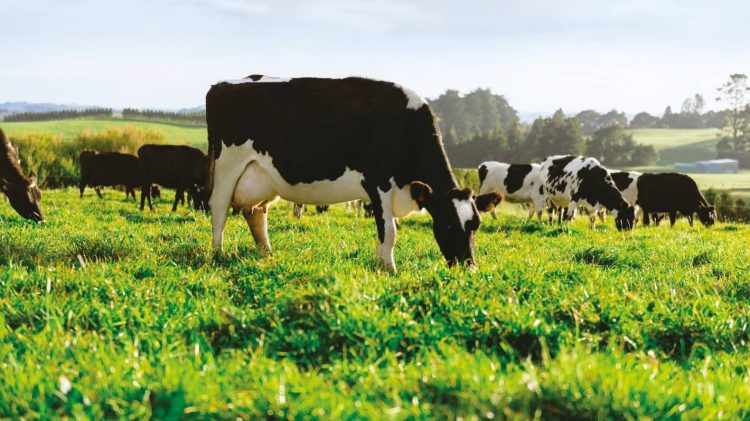뉴질랜드 최대 온실가스 배출국이라는 부럽지 않은 타이틀을 보유한 폰테라 (Fonterra) 는 최대 배출원, 즉 농산물 공급업체로부터 배출되는 배출량을 줄이기 위한 목표를 발표할 태세입니다.
폰테라가 작년 11월 연례 회의에서 목표를 설정하겠다는 의사를 밝힌 이후 9000명의 농민들은 이 협동조합의 준비를 해오고 있다.
Fonterra는 해외 시장, 대형 고객 및 은행으로부터 지속 가능성을 개선하라는 압력을 받고 있습니다.협동조합은 주로 제조 현장과 운송 사업에서 발생하는 Scope 1과 2 배출량을 줄여 왔지만, 농장 공급업체로부터 발생하는 간접 배출량을 포괄하고 전체 생산량의 90% 이상을 차지하는 Scope 3의 목표는 아직 정하지 않았습니다.
Fonterra는 지난 5년간 대차대조표 강화를 위해 자산을 매각하여 농민들을 부양할 수 있는 탄탄한 재무 상태를 유지하고 있습니다.
이 협동조합은 지속가능성에 대한 기대치를 충족하지 못하면 해외 시장에서 고객을 잃고 무역 장벽에 직면할 위험이 있다고 농민들에게 경고했습니다.일부 고객의 경우 Scope 3 배출량의 가장 큰 부분을 Fonterra에서 배출하는 배출량입니다.
Fonterra는 이러한 접근 방식을 통해 지구 온난화를 1.5도까지 제한하는 과학 기반 목표에 따라 배출량을 줄이는 동시에 농민들의 효율성과 생산성을 높일 수 있다고 생각합니다.
스티븐슨은 농부들이 폰테라가 저공해 유제품에 프리미엄을 제공하는 것을 보고 싶어한다고 말합니다.
크레딧: stuff.co.nz




























































